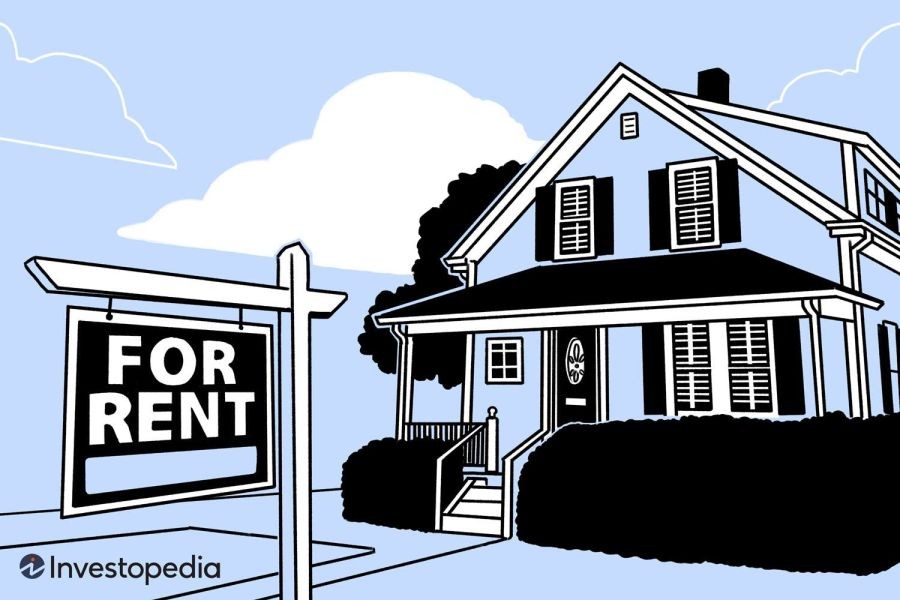Climate change is reshaping various aspects of life globally, and in Australia, its impact is increasingly becoming evident. One area where this transformation is particularly noticeable is in home renovations. With extreme weather conditions becoming more frequent, Australians are rethinking how they design and renovate their homes to adapt to new environmental realities. This article delves into how climate change influences home renovation trends in Australia, backed by data, real-world examples, and expert insights.
Understanding the Driving Forces
Australia's unique climate challenges, such as bushfires, floods, and extreme heat, are prompting homeowners to consider more sustainable and resilient renovation strategies. According to the Australian Bureau of Statistics, the construction industry is increasingly incorporating eco-friendly materials and designs. This shift is not only driven by environmental concerns but also by economic factors. For instance, the Reserve Bank of Australia notes that energy-efficient homes tend to have lower operating costs, appealing to cost-conscious homeowners.
The Economic Implications
Renovating homes to be climate-resilient can be a significant investment. However, the long-term financial benefits often outweigh the initial costs. According to a report by the Treasury AU, homes with sustainable features can command a 10-20% premium in the real estate market. This trend is further supported by the Australian Competition & Consumer Commission (ACCC), which emphasizes the growing consumer demand for green homes.
Case Study: Sustainable Renovations in Melbourne
Problem: A Melbourne-based family faced frequent flooding issues due to inadequate drainage systems, exacerbated by rising rainfall patterns.
Action: They implemented a sustainable renovation strategy, including the installation of water-efficient fixtures, improved drainage systems, and the use of permeable paving.
Result: After the renovations, the family reported a 30% reduction in water bills and significantly lowered flood risk.
Takeaway: This case illustrates the importance of integrating sustainable design elements to mitigate climate-related risks and reduce utility costs.
Regulatory Insights and Policy Support
Government policies play a pivotal role in steering the renovation industry towards sustainability. The Australian Prudential Regulation Authority (APRA) has introduced guidelines encouraging financial institutions to support green housing projects. Moreover, the Australian Government's HomeBuilder program offers grants for renovations that incorporate climate-resilient features, further incentivizing homeowners.
Innovative Renovation Trends
- Solar Integration: With over 30% of Australian homes now equipped with solar panels, integrating solar energy systems is a popular trend. Homeowners are not only reducing their carbon footprint but also experiencing lower electricity costs.
- Smart Home Technology: The adoption of AI and IoT in smart home systems allows for better energy management and efficiency. These technologies help in monitoring and optimizing energy usage, leading to cost savings and reduced environmental impact.
- Eco-Friendly Materials: The use of recycled or sustainably sourced materials is becoming standard practice in renovations. These materials not only reduce environmental impact but also enhance the home's aesthetic appeal.
Common Myths & Mistakes
Myths
- Myth: "Sustainable renovations are too expensive." Reality: While initial costs may be higher, long-term savings on energy and maintenance can offset these expenses. Homeowners can also leverage government incentives to reduce upfront costs.
- Myth: "Eco-friendly materials aren't durable." Reality: Advances in technology have led to the development of highly durable and sustainable materials, which often outperform traditional options.
- Myth: "Smart home systems are complex and unreliable." Reality: Modern smart home technology is user-friendly and reliable, offering significant energy savings without sacrificing convenience.
Mistakes to Avoid
- Ignoring local climate data when planning renovations can lead to ineffective design choices. It's crucial to understand the specific environmental challenges in your area.
- Overlooking government incentives and rebates for sustainable renovations can result in higher costs. Homeowners should explore available programs to maximize savings.
- Focusing solely on aesthetics without considering functionality and sustainability can reduce the long-term value and efficiency of the renovation.
Future Trends and Predictions
The future of home renovations in Australia is likely to be heavily influenced by technological advancements and evolving consumer preferences. According to a report by Deloitte, by 2030, over 50% of Australian homes will incorporate smart home technologies to enhance energy efficiency. Additionally, as climate policies become more stringent, the demand for sustainable renovation practices is expected to rise significantly.
Conclusion
As climate change continues to impact Australia, the way Aussies renovate their homes will inevitably evolve. By embracing sustainable practices, homeowners can not only contribute to environmental preservation but also enhance the value and resilience of their properties. Are you considering a renovation? Explore green options and government incentives to make your home future-ready.
People Also Ask
- How does climate change influence home renovations in Australia? Climate change increases the demand for sustainable and resilient home renovations to cope with extreme weather conditions. This includes integrating solar panels, smart home systems, and eco-friendly materials.
- What are the economic benefits of sustainable renovations? Sustainable renovations can lead to lower energy bills and higher property values. Homes with green features can command a 10-20% premium in the real estate market.
- What government incentives are available for green renovations? The Australian Government offers grants and incentives for renovations that incorporate climate-resilient features, helping to offset initial costs.
Related Search Queries
- Climate resilient home design Australia
- Eco-friendly renovation materials
- Smart home systems in Australia
- Government incentives for sustainable renovations
- Impact of climate change on Australian housing






























